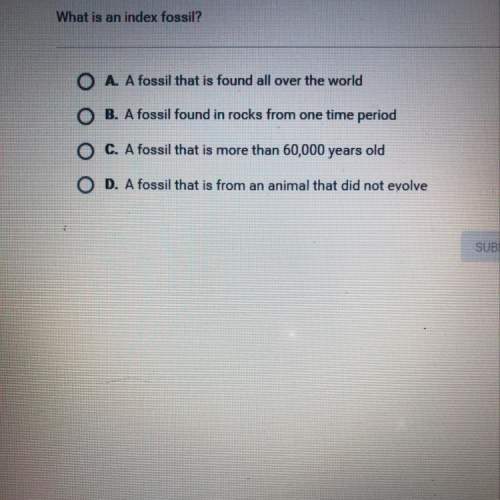
Biology, 20.07.2019 13:30 elizabethivy75
Astudent is infected by a common cold virus ran a low-grade fever. after a few days, the students temperature returned to normal and the student was free of cold symptoms. the fever served as

Answers: 1
Another question on Biology

Biology, 21.06.2019 18:30
The gene that causes sickle-cell disease is present in a higher percentage of residents of sub-saharan africa than among those of african descent living in the united states. even though this gene causes sickle-cell disease, it also provides some protection from malaria, a serious disease that is widespread in sub-saharan africa but absent in the united states. discuss an evolutionary process that could account for the different percentages of the sickle-cell gene among residents of the two regions.
Answers: 3

Biology, 22.06.2019 03:00
Be in this im starting a with you so if you want you can get a partner for this. but basically im going to assign you guys a biome and you have to have a big sheet paper and you will turn it into 4 squares. the top right square is will be a drawing square for a drawing you will make of your biome. the top left square is about the biomes plants and drawings of them. the bottom left square is about the biomes animals. the bottem rights square is about the description of the biome. leave a comment or an answer and i will assign biomes. if your request one thats the one you get. send me a link to the project and i will grade ! im not a teacher btw.
Answers: 1

Biology, 22.06.2019 04:00
Will mark brainliest i only need the ! 1.use ten beads and a centromere of one color to construct the long chromosome. use ten beads and a centromere of a second color to construct the second chromosome in the long pair. make a drawing of the chromosomes in the space below. 2. for the second pair of chromosomes, use only five beads. 3. now model the replication of the chromosomes. make a drawing of your model in the space below. part b: meiosis i during meiosis i, the cell divides into two diploid daughter cells. 4. pair up the chromosomes to form tetrads. use the longer tetrad to model crossing-over. make a drawing of the tetrads in the space below. 5. line up the tetrads across the center of your “cell.” then model what happens to the chromosomes during anaphase i. 6. divide the cell into two daughter cells. use the space below to make a drawing of the result. part c: meiosis ii during meiosis ii, the daughter cells divide again. 7. line up the chromosomes at the center of the first cell, one above the other. separate the chromatids in each chromosome and move them to opposite sides of the cell. 8. repeat step 7 for the second cell. 9. divide each cell into two daughter cells. use the space below to make a drawing of the four haploid cells
Answers: 1

Biology, 22.06.2019 05:20
Which description provides the best objective summary of the article in the passage?
Answers: 1
You know the right answer?
Astudent is infected by a common cold virus ran a low-grade fever. after a few days, the students te...
Questions


Mathematics, 11.01.2021 03:50



Mathematics, 11.01.2021 03:50



Mathematics, 11.01.2021 03:50


Mathematics, 11.01.2021 03:50





Arts, 11.01.2021 03:50


Mathematics, 11.01.2021 03:50

Health, 11.01.2021 03:50

Mathematics, 11.01.2021 03:50




